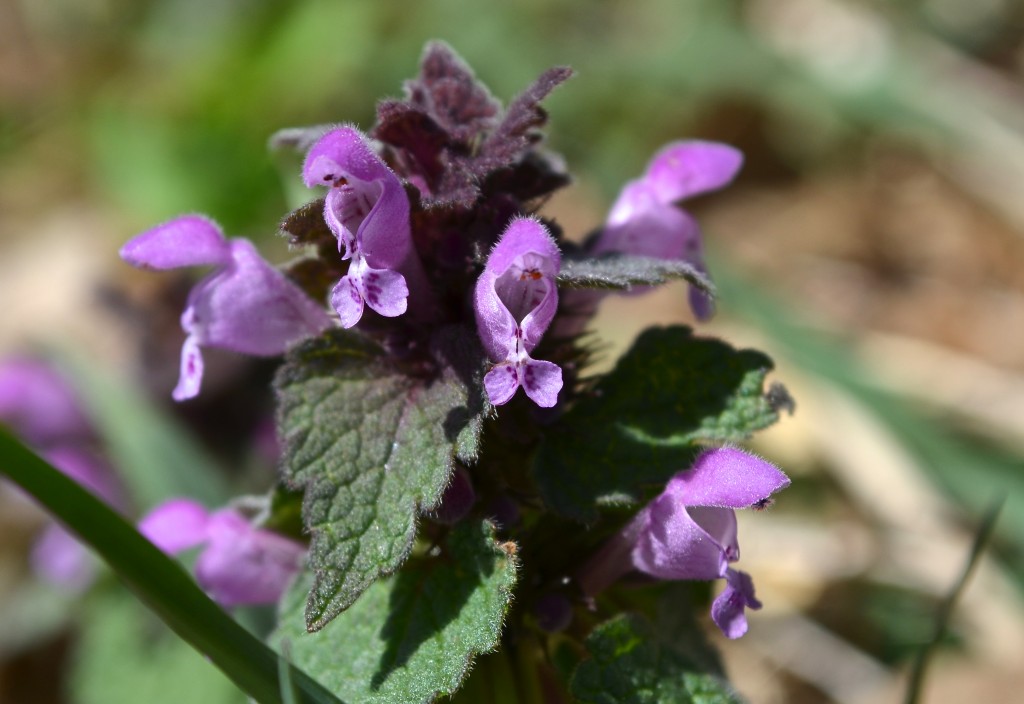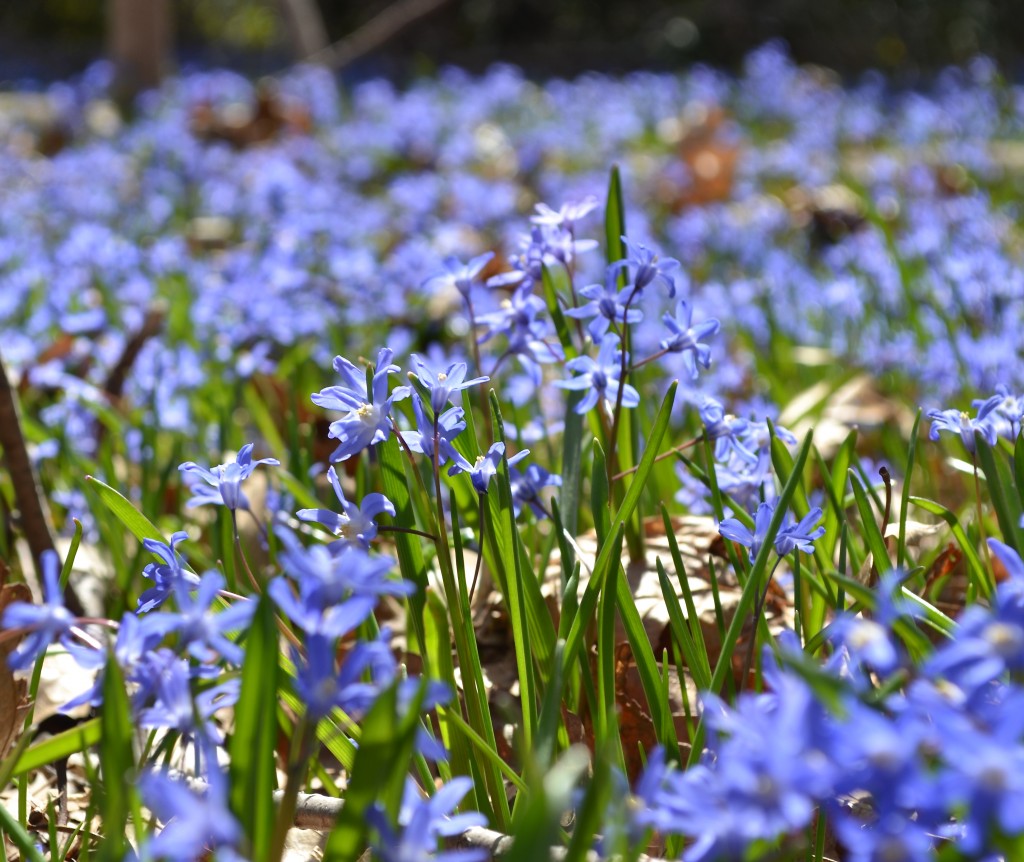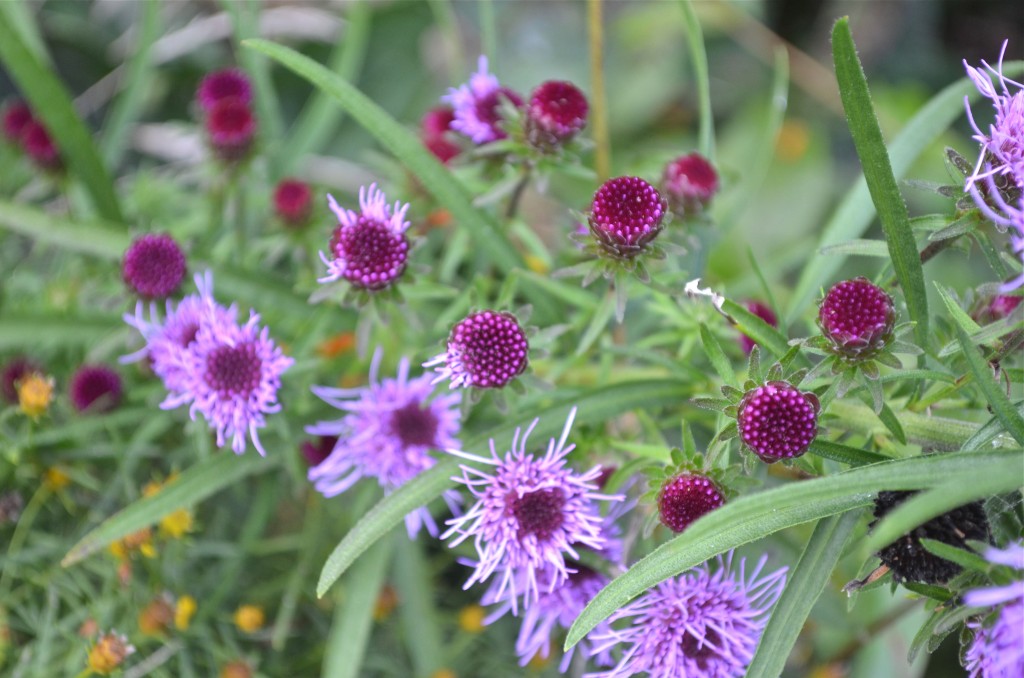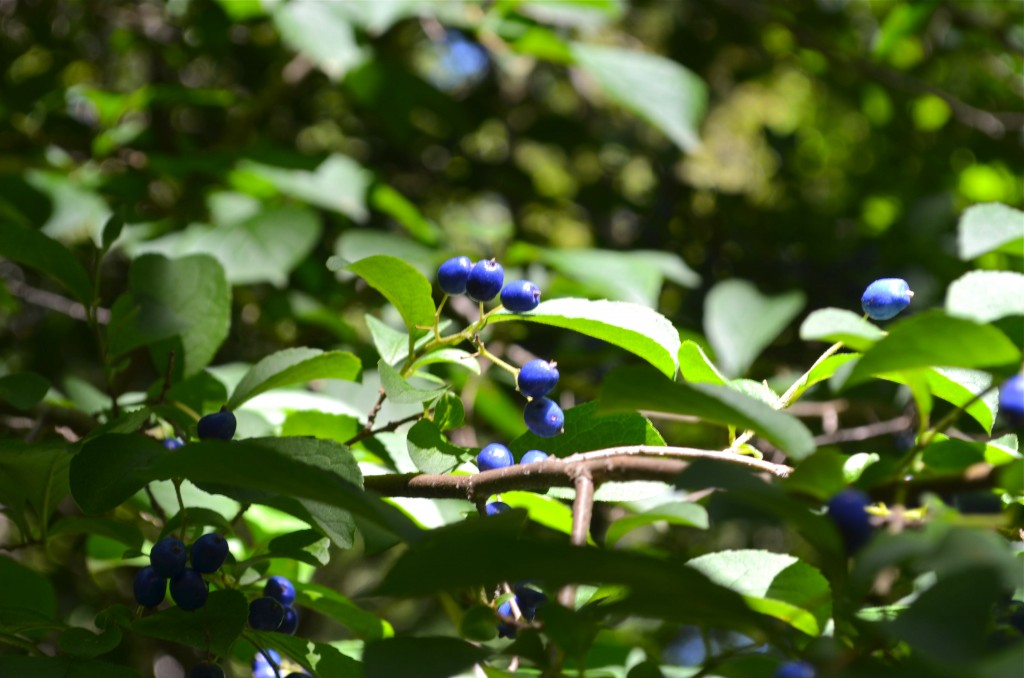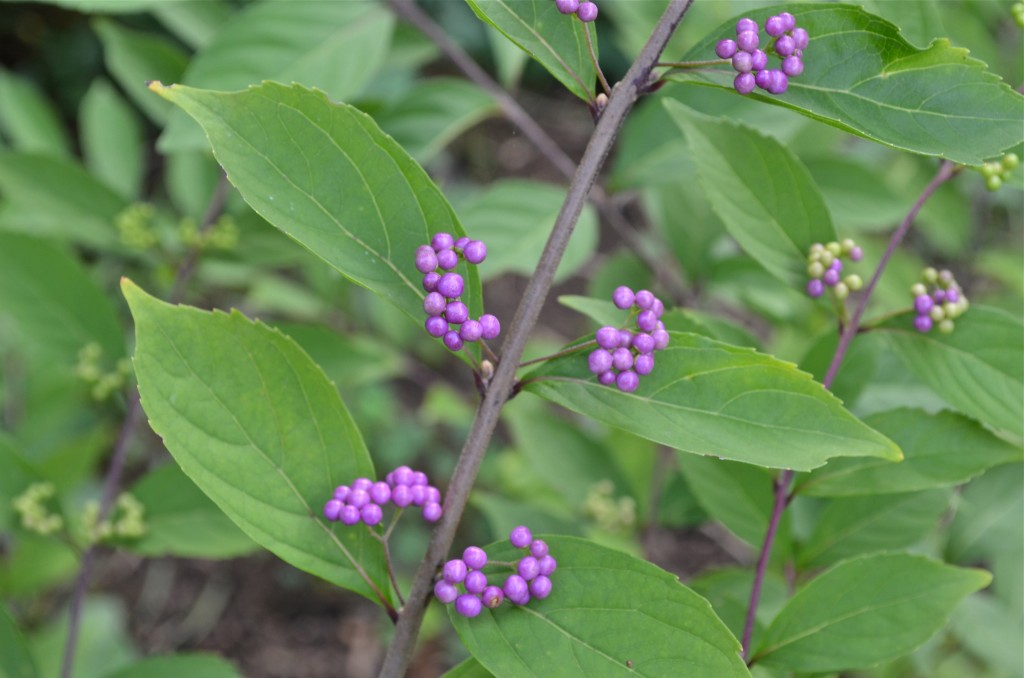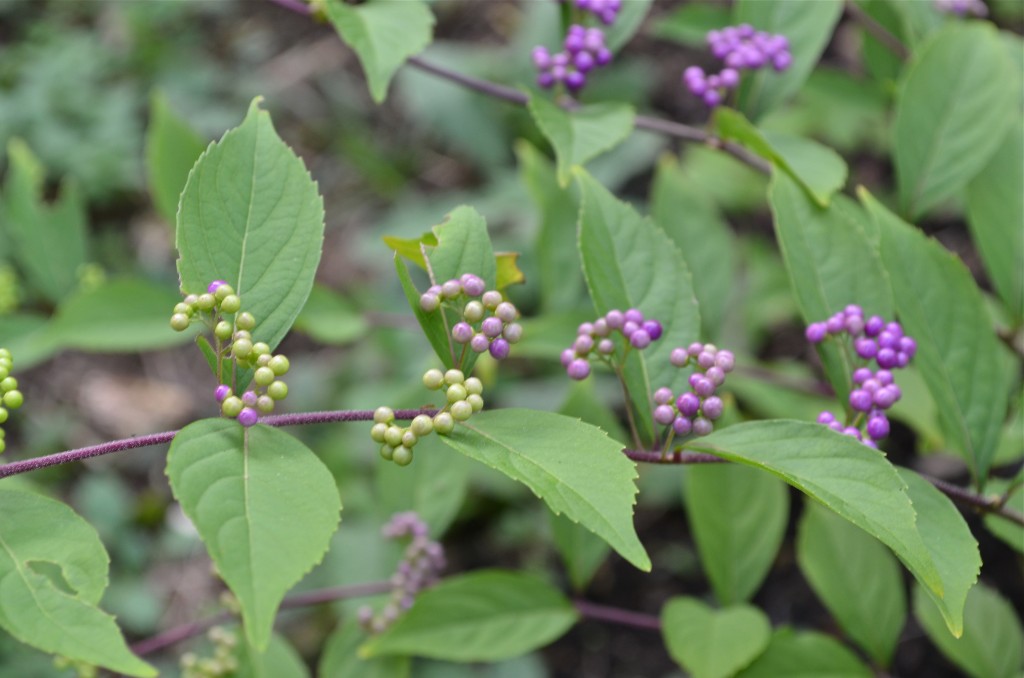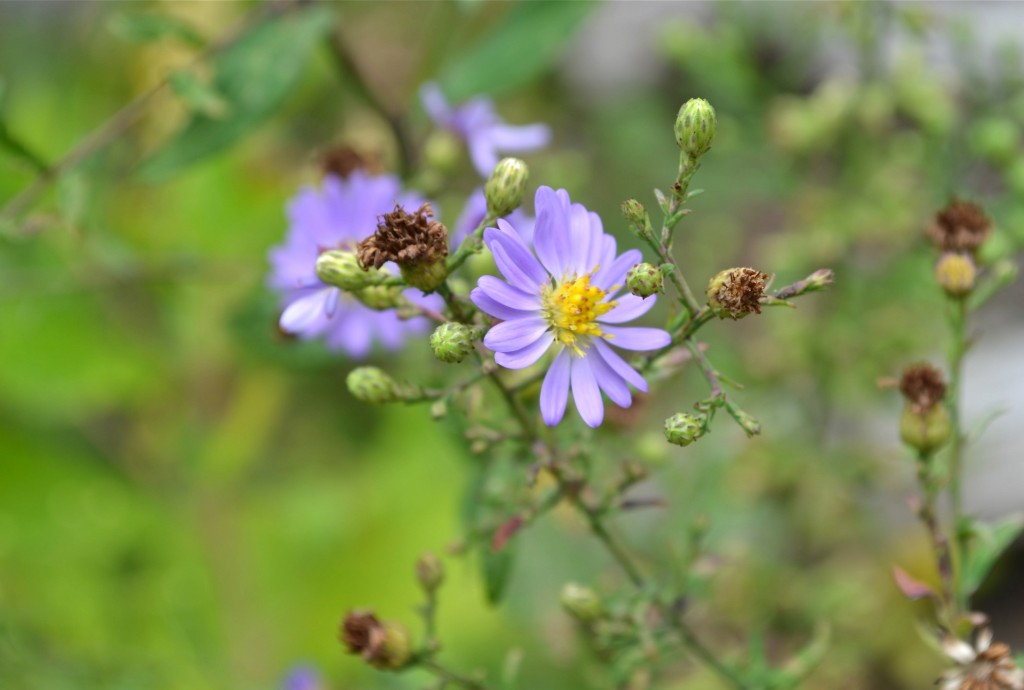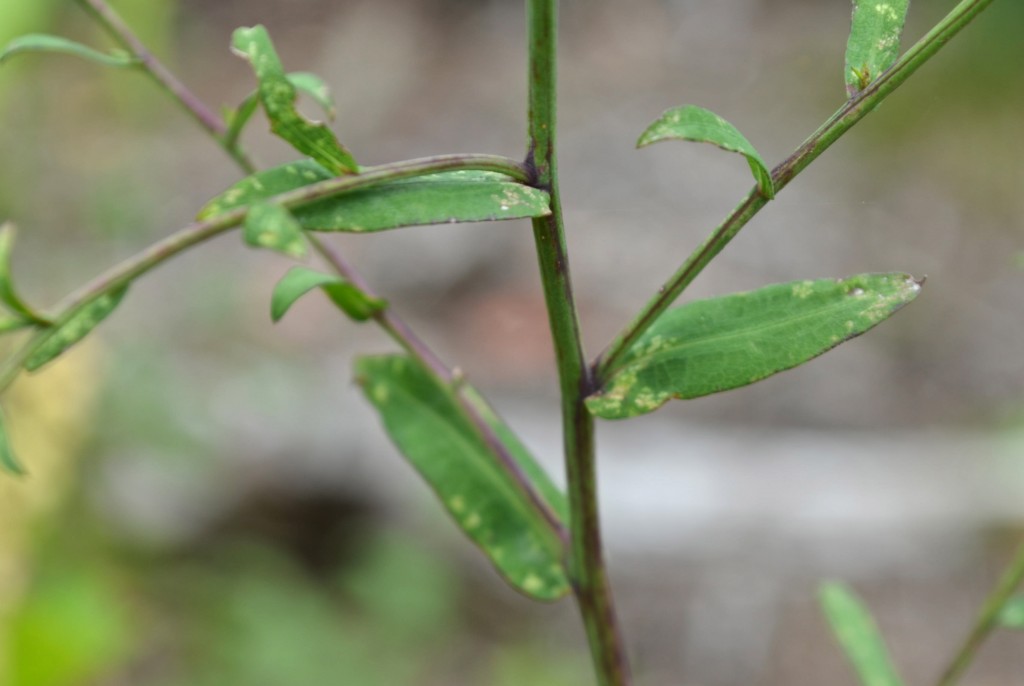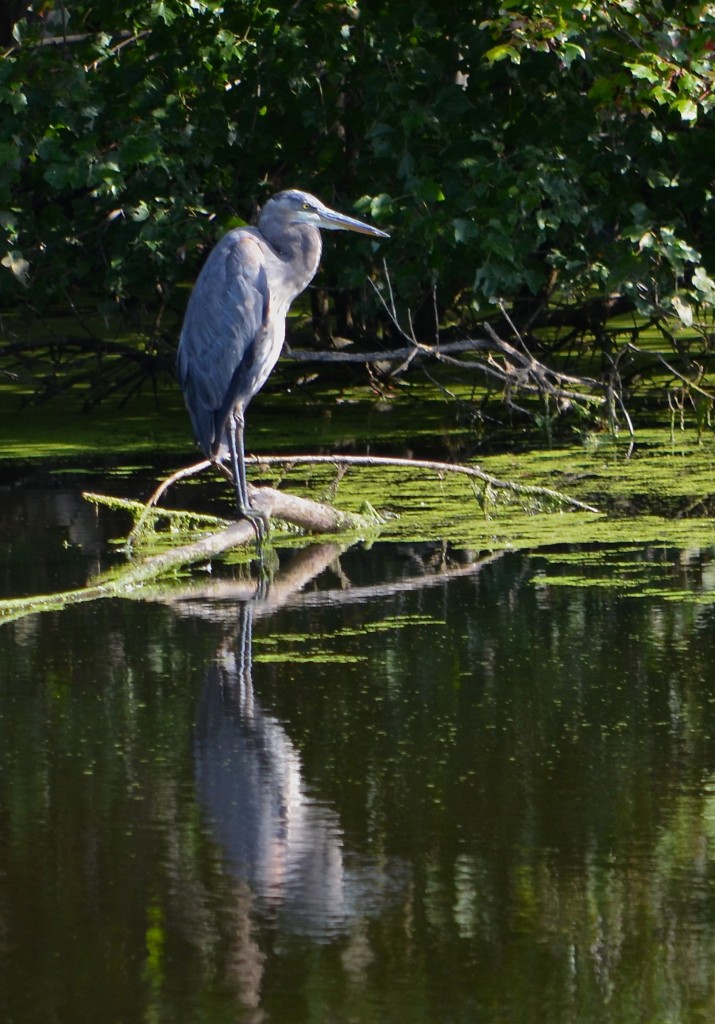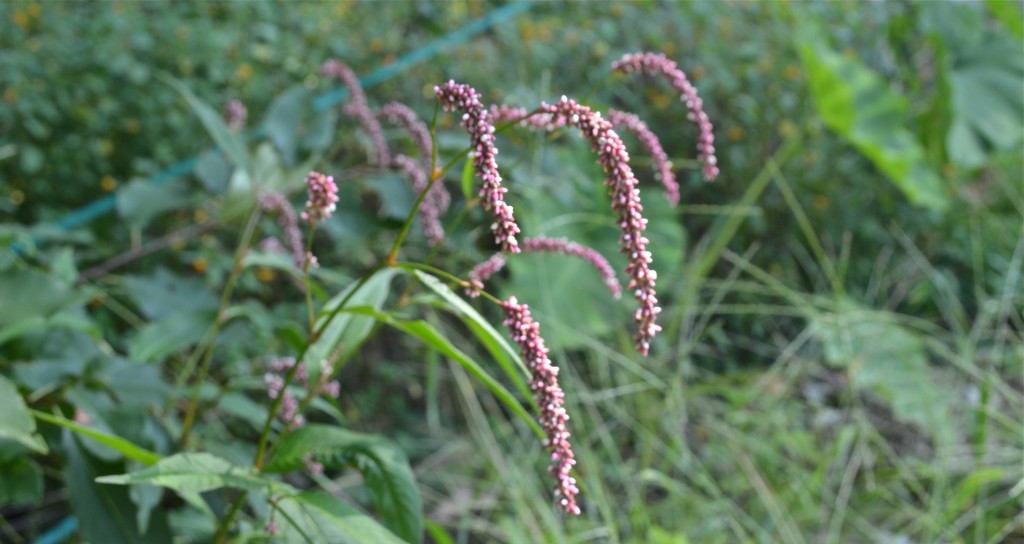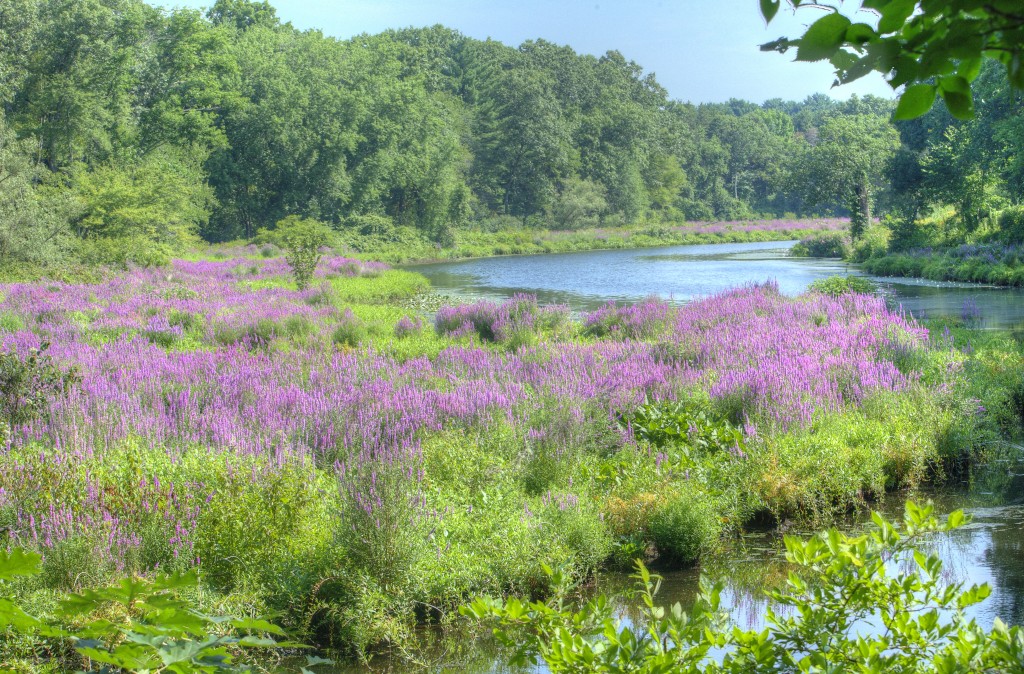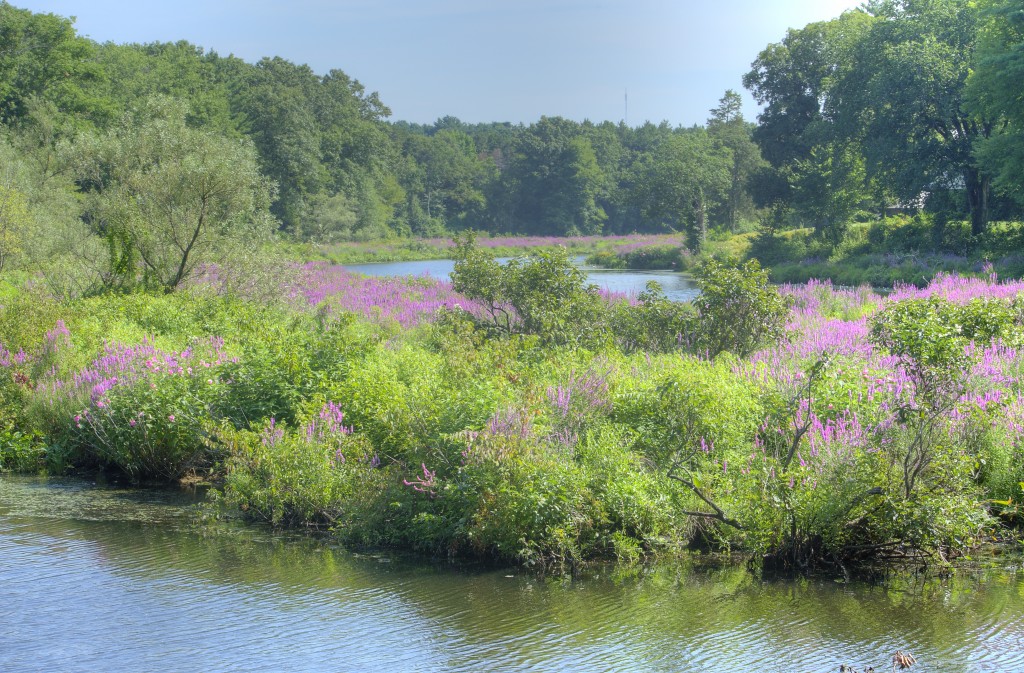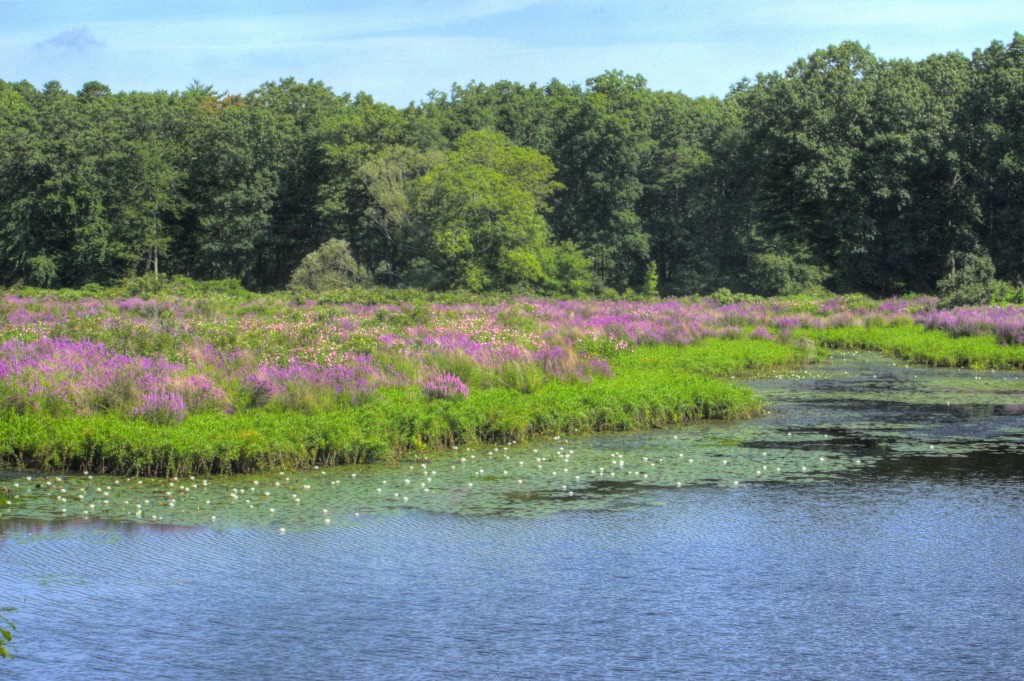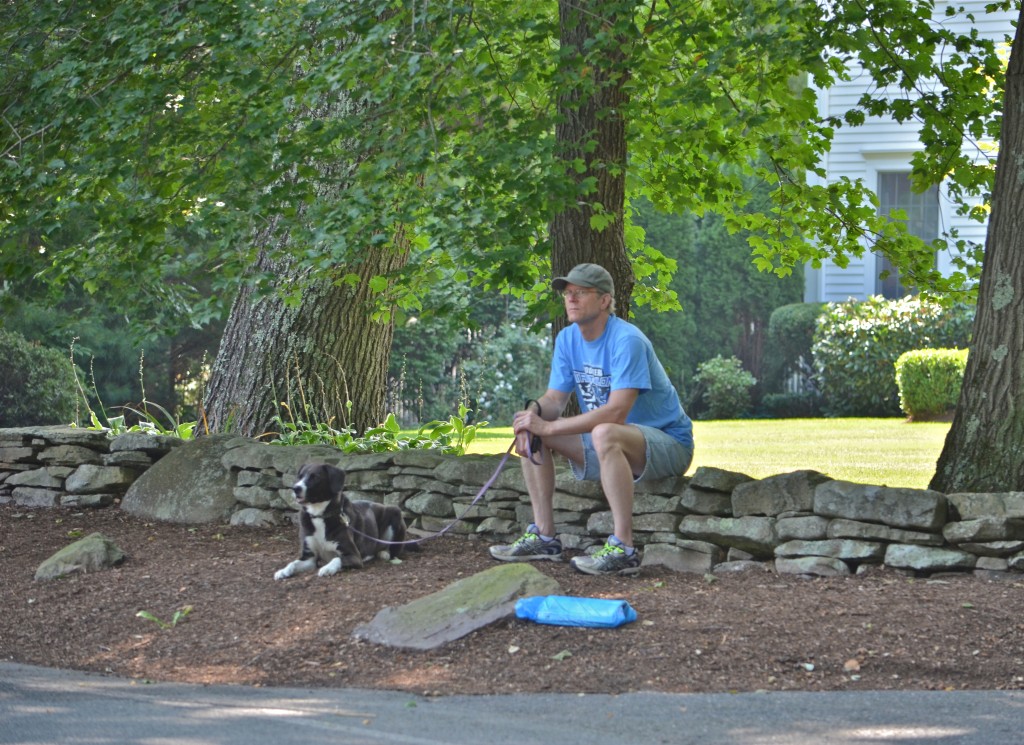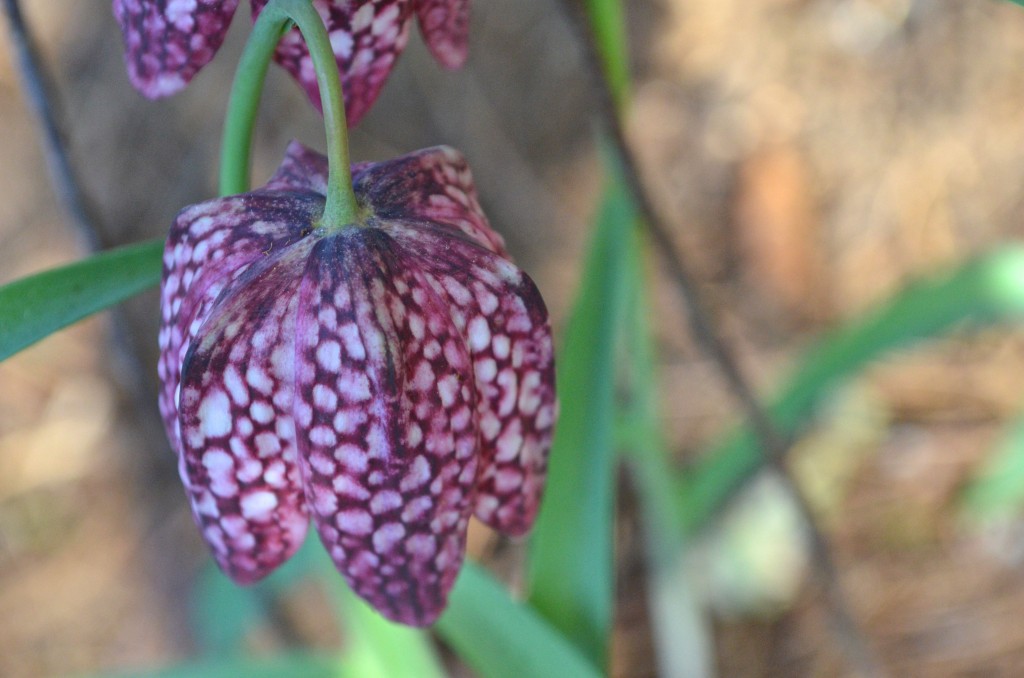 I love these — they’re so amazing looking. Wild but not local–they’re native to the west. Lily family. Last year I had the wrong latin name on this. Fritillaria comes from the latin fritillus which means dice-box (were they checkered?) and the name meleagris means “spotted like a guineafowl.” Vita Sackville-West: “a sinister little flower, in the mournful colour of decay.” Hm. That’s really not how I feel about them at all…
I love these — they’re so amazing looking. Wild but not local–they’re native to the west. Lily family. Last year I had the wrong latin name on this. Fritillaria comes from the latin fritillus which means dice-box (were they checkered?) and the name meleagris means “spotted like a guineafowl.” Vita Sackville-West: “a sinister little flower, in the mournful colour of decay.” Hm. That’s really not how I feel about them at all…
Snake’s Head Fritillary, Snake’s Head, Chess Flower, Frog-cup, leper lily, Lazarus bell, Checkered Lily, Fritillary (Fritillaria meleagris)

